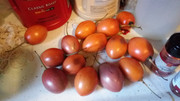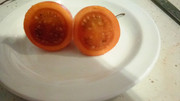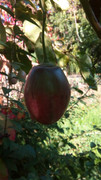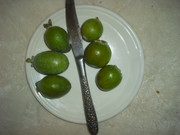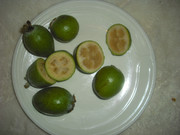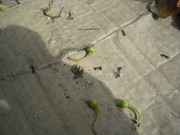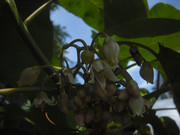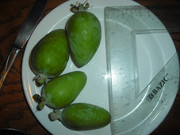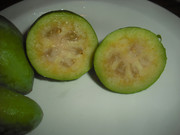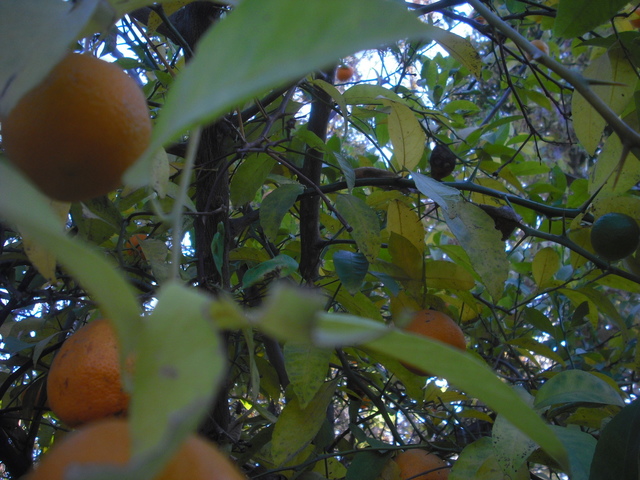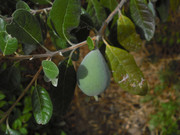1
Tropical Fruit Discussion / Re: Clumping Bamboo recommendations needed (for screening)
« on: November 07, 2017, 01:29:14 AM »
I have bamboo growing on my property. I live in the Central Valley of California. Keep in mind, that once a bamboo forest is established, it is nearly impossible to get rid of. Your neighbors are going to hate you if you plant it on the edge of your property, since it will invade into their property. The bamboo rhizomes are going to compete against your other trees and may even choke out the roots of nearby trees. Bamboo groves may reduce your property value. The bamboo poles do come in hardy though, for projects and building things like tomato cages, and vine trellises.
This bamboo has been in my property in my parents' house since before I was even born. If I had my own property, I would not plant bamboo on it.
This bamboo has been in my property in my parents' house since before I was even born. If I had my own property, I would not plant bamboo on it.


